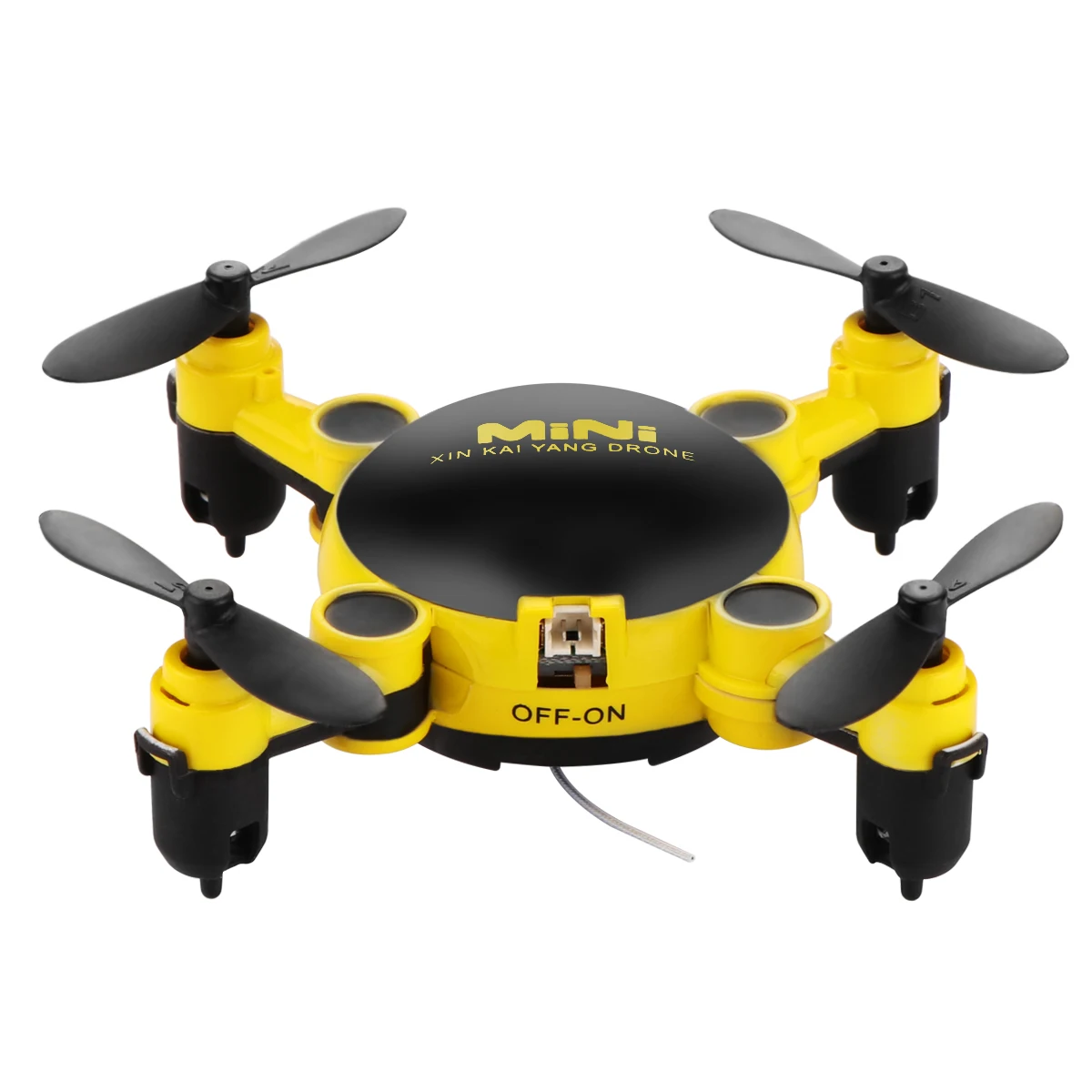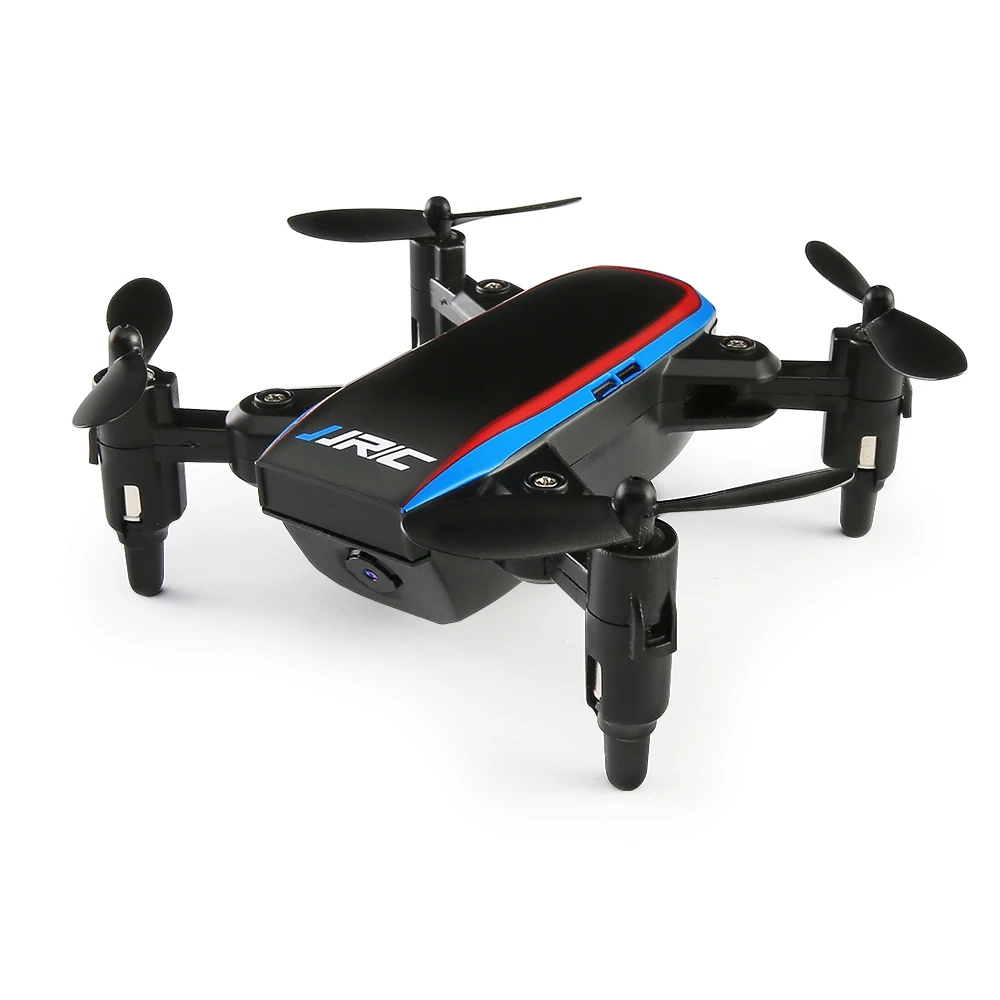

Autonomous modes: Any video drone worth buying should have a fail-safe return-home mode that automatically brings the aircraft back to the launch point when you press a button or the drone loses contact with the controller.We prefer drone batteries that last at least 30 minutes, and we recommend that pilots pick up a few extras (the batteries are rechargeable) so that they can spend more time in the field flying. But a shorter flight time means fewer shots, shorter videos, and less flexibility. Long battery life: Longer-lasting batteries tend to be larger and weigh more, so manufacturers try to balance drone size with battery life.A three-axis gimbal is a general industry standard.


A quadcopter shape (or alternatives, like hexacopters, that add more arms) makes for the most stable photo and video because such models can steadily hold their position in the air.

Its 31-minute battery life is long enough for you to grab several shots before landing for a battery swap. This model also features DJI smart flight modes such as ActiveTrack, which directs the drone to autonomously follow and film a subject while also avoiding obstacles. It can also hold its position steadily, even in moderate winds (DJI says it’s safe to fly in winds up to 23.9 mph during our testing, the drone had no problem flying in 10 mph winds), so you can focus on your cinematography instead of having to worry about keeping the drone steady. The Air 2S can sense and avoid obstacles approaching from the front, back, top, and below, and it can alert you to approaching aircraft. The DJI Air 2S package combines ease of flight with long battery life and a camera that can shoot 5.4K video (we recommend the Fly More Combo option because, among other things, it includes three rechargeable drone batteries).


 0 kommentar(er)
0 kommentar(er)
